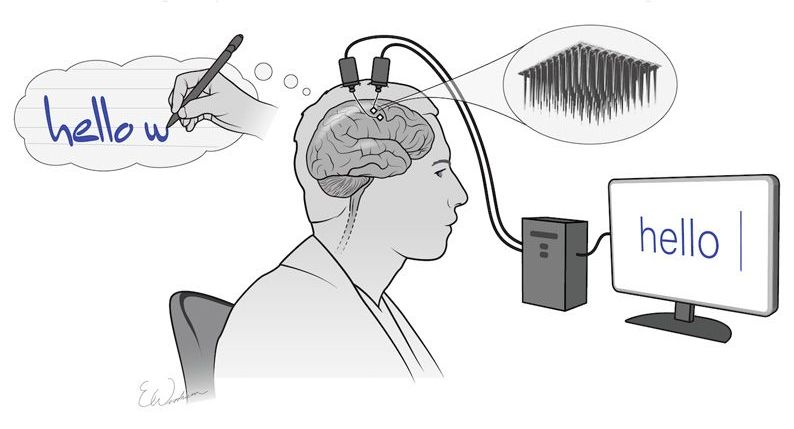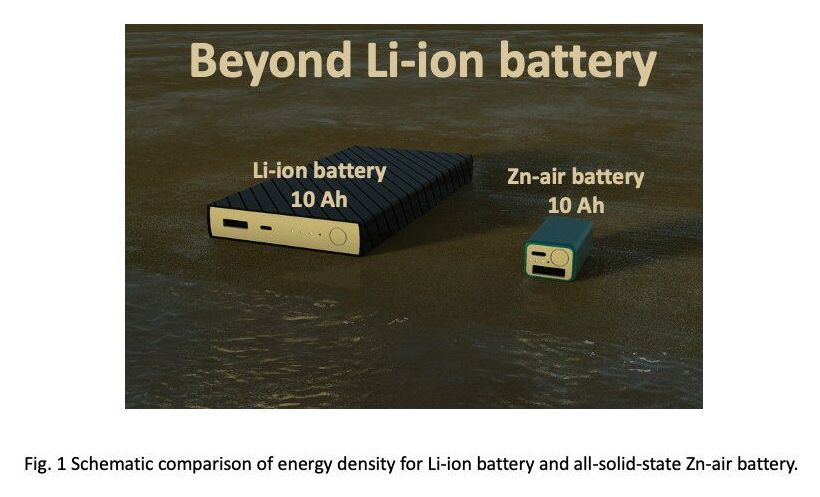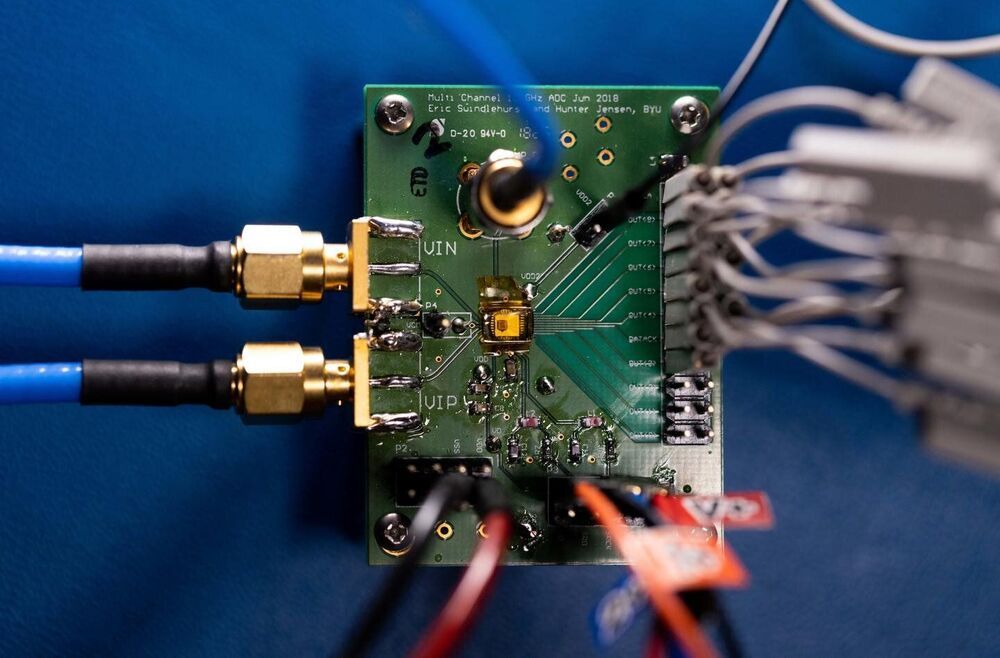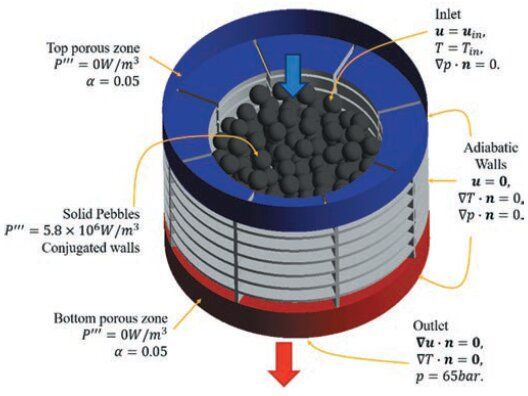Wines and table grapes exist thanks to a genetic exchange so rare that it’s only happened twice in nature in the last 6 million years. And since the domestication of the grapevine 8000 years ago, breeding has continued to be a gamble.
When today’s growers cultivate new varieties – trying to produce better-tasting and more disease-resistant grapes – it takes two to four years for breeders to learn whether they have the genetic ingredients for the perfect flower.
Females set fruit, but produce sterile pollen. Males have stamens for pollen, but lack fruit. The perfect flower, however, carries both sex genes and can self-pollinate. These hermaphroditic varieties generally yield bigger and better-tasting berry clusters, and they’re the ones researchers use for additional cross-breeding.









